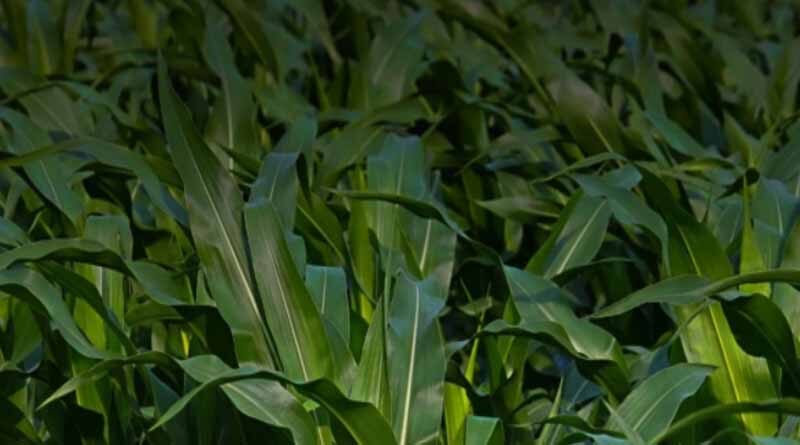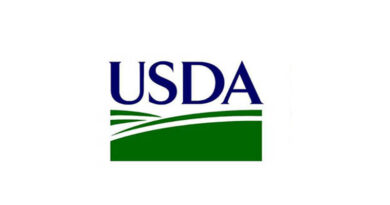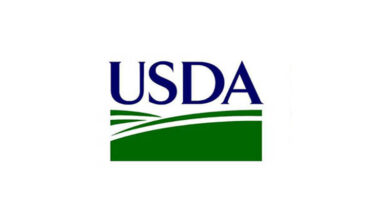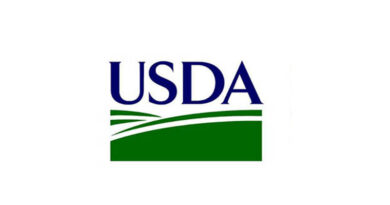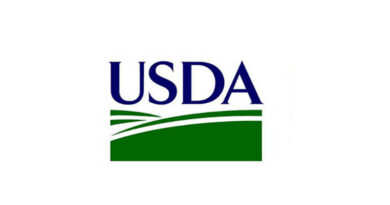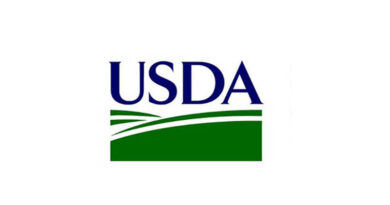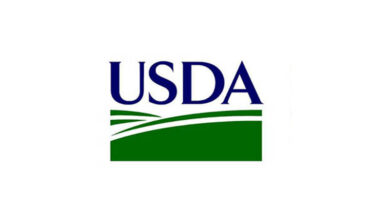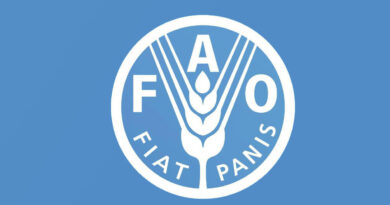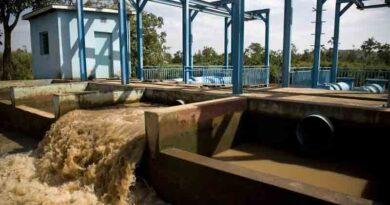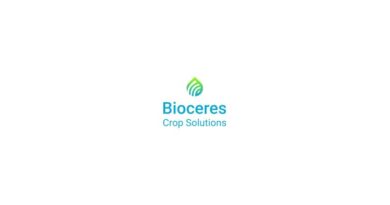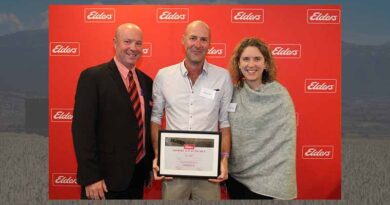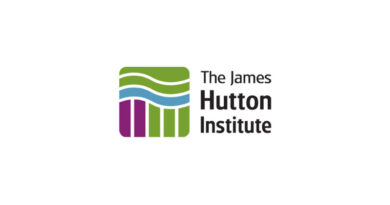Farm & Agriculture Aid Programs and Resources
23 May 2022, US: Find relief when you need it most. Here is a list of farm and agriculture aid programs and resources for when you need assistance.
USDA Announces Emergency Relief Program Details
ERP summary
USDA recently announced the Emergency Relief Program (ERP) for producers whose crops, trees, bushes or vines were affected by qualifying natural disasters that occurred in either the 2020 or 2021 calendar year. The previous name of this program named Wildfire, Hurricane Indemnity Program (WHIP+) caused confusion to some who thought the program covered only damage caused by hurricane or wildfire.
What are the eligibility requirements?
ERP covers losses to crops, trees, bushes and vines due to a qualifying natural disaster event that occurred in calendar years 2020 and 2021. Eligible crops include all crops for which federal crop insurance or NAP coverage was available and a crop insurance indemnity or NAP payment was received, except for crops intended for grazing. Qualifying natural disaster events include wildfires, hurricanes, floods, derechos, excessive heat, winter storms, freeze (including a polar vortex), smoke exposure, excessive moisture, qualifying drought and related conditions.
2020 ERP drought eligible counties
2021 ERP drought eligible counties
How does it pay?
ERP will work generally like WHIP+ with the exception of using net MPCI indemnity subtracted from your ERP loss payment amount.
Is ERP different from WHIP+?
ERP is very similar to WHIP+, but has been improved by incorporating the Harvest Price Option when the underlying crop insurance included it. Another significant improvement is that any MPCI losses subtracted from the ERP payment calculation are net of the MPCI premium cost. RMA will participate this time in the payment calculations for the majority of payments by leveraging crop insurance coverage and loss data.
When do I need to act?
Pre-filled applications for ERP Phase 1 are expected to be mailed directly to producers in late May 2022. FSA will continue accepting applications until the deadline is announced at a future date.
When are payments expected to be made?
The ERP payment will be processed after all eligibility forms have been received and the FSA representative has signed and certified the payment.
Why are there two phases of ERP?
Phase 1 uses a streamlined approach of shared data between RMA and FSA and is intended to pay producers for deeper losses experienced as a result of the perils covered under the program.
Phase 2 includes all eligible producers that experienced an eligible loss that did not receive a payment under Phase 1. This includes shallow losses, uninsured crops, and quality losses not accounted for in Phase 1. Additionally, for 2021, any payments made for area plans of coverage such as Supplemental Coverage Option (SCO), Enhanced Coverage Option (ECO), Stacked Income Protection Plan (STAX), Margin Protection Plan, (MP) or Area Risk Protection Insurance (ARPI) will be included in Phase 2.
How do I enroll?
FSA will send pre-filled application forms to producers who received a crop insurance indemnity or NAP payment for one or both of the program years. Applications can be accepted by fax, email, or submitted in person to an FSA County Office.
Producers must also have the following forms on file with FSA within a subsequently announced deadline as determined by the Deputy Administrator for Farm Programs:
- Form AD-2047, Customer Data Worksheet
- Form CCC-902, Farm Operating Plan for an individual or legal entity
- Form CCC-901, Member Information for Legal Entities (if applicable)
- A highly erodible land conservation (sometimes referred to as HELC) and wetland conservation certification (Form AD-1026 Highly Erodible Land Conservation (HELC) and Wetland Conservation (WC) Certification) for the ERP producer and applicable affiliates.
- Form FSA-510, Request for an Exception to the $125,000 Payment Limitation for Certain Programs.
- Form CCC-860, Socially Disadvantaged, Limited Resource, Beginning and Veteran Farmer or Rancher Certification, for the applicable program year.
If you did not collect a crop insurance or NAP indemnity, but otherwise believe you qualify, you may apply for a payment during Phase 2.
How much will I expect to receive?
The payment structure is similar to the WHIP+ formula with some improvements. Contact FBNto reach one of our agents who can calculate an estimated ERP payment should you qualify. A payment factor prorates the initial payment to 75% of ERP payments for those crops covered by crop insurance. Crops covered by NAP are not subject to proration as they are smaller in nature and primarily cover specialty crops on small acreages.
Are there any payment limitations?
Yes. If at least 75% of the person or legal entity’s average Adjusted Gross Income (AGI) is derived from farming, ranching, or forestry related activities the payment limitation will be $900,000 for each program year for specialty crops and $250,000 per program year for all other crops. If at least 75% of Adjusted Gross Income (AGI) is not derived from farming the payment limitation will be $125,000 per program year for specialty crops and $125,000 per program year for all other crops. To request the increased payment limitation a producer needs to file form FSA-510 and a certification from a licensed CPA or attorney.
Are there any requirements to purchase crop insurance if I receive an ERP payment?
Yes, any applicant that receives an ERP payment must agree to purchase crop insurance or NAP, as applicable, for the next 2 available crop years, as determined by the Secretary.
Sources
USDA Farm Service Agency Emergency Relief Page
USDA Risk Management Agency USDA ERP 2020-2021 FAQ
USDA Farm Service Agency ERP Information Sheet
Agriculture Risk Coverage (ARC) and Price Loss Coverage (PLC) Programs
The Agriculture Risk Coverage (ARC) and Price Loss Coverage (PLC) programs were authorized by the 2014 and 2018 Farm Bills. The Agriculture Improvement Act of 2018 (2018 Farm Bill) reauthorized the ARC and PLC programs with modifications for the 2019 through 2023 crop years. Both programs are administered by the USDA-FSA.
ARC-CO program provides income support tied to historical base acres, not current production, of covered commodities.PLC program payments are issued when the effective price of a covered commodity is less than the respective reference price for that commodity.
FSA Program Yield Update
Owners will have a one-time opportunity in 2020 to update PLC yields of covered commodity base crops on their farm, regardless of program election. The updated yield will be equal to 90% of the producer’s average yield per planted acre in crop years 2013-2017, subject to the ratio obtained by dividing the 2008-2012 average national yield by the 2013-2017 average national yield for the covered commodity. If the reported yield in any year is less than 75% of the 2013-2017 average county yield, then the yield will be substituted with 75% of the county average yield.

